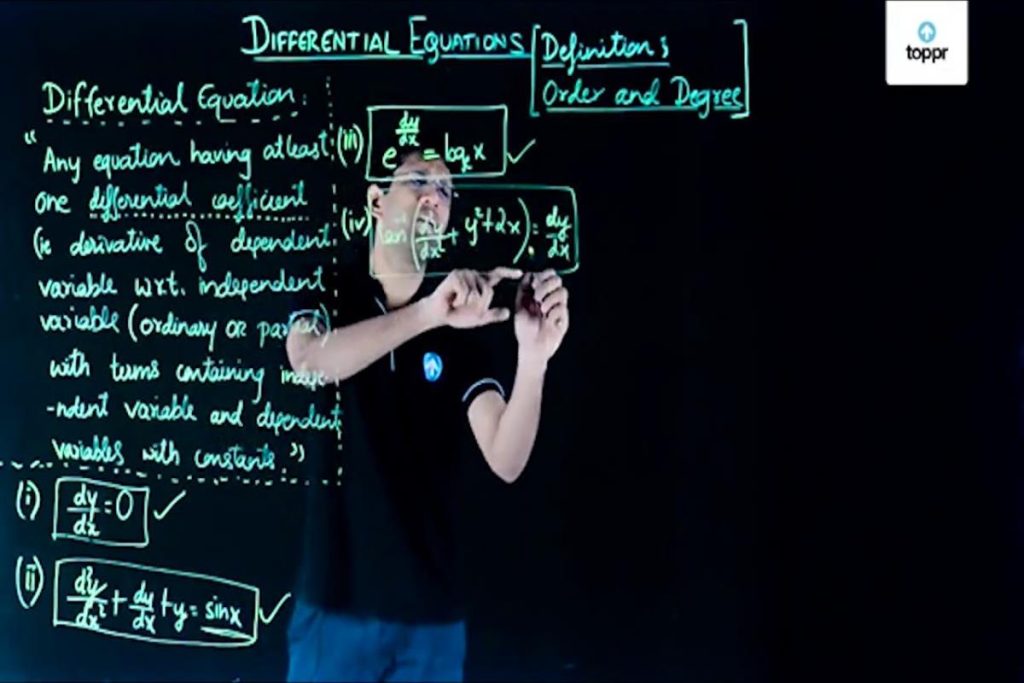Mean we travel from NY to Boston, Massachusetts. That’s hardly 200 miles, and depending on the traffic, it will take about four hours. So, we all understand that distance amounts to price multiplied by time or d=rt. In this example, we have time and distance, and we interpret speed as a rate of modification. So, we could find out our ordinary rate during the journey by dividing the range gradually. That’s:
200 m/4 hours=50 miles/hour
Nevertheless, if you’ve ever driven in New York City or Boston, you know that when you remain in the city, you’re driving slower than 50 miles/hour! Contrarily, when you get to the highways, you anticipate going more than 50 m/hour. The calculation we did is just a standard, as well as it’s responding to the question: if my rate stayed the same throughout the entire journey, what would it be?
To learn the differential equations course online, please follow the link.
Yet your vehicle knows better. It has a speedometer that monitors the speed at any kind of offer immediately. When you take a look at the speedometer and it checks out 61 mph, that is telling you the immediate velocity at the particular immediate time you determined to consider it. How does it recognize? Your vehicle is working on something the same as differential calculus for figuring it out!
Meaning
Distance Calculus is the education of rates of modification of features, utilizing the tools of limits, as well as derivatives.
Now, I know some of these words might be unfamiliar at this moment in your journey, yet we’ll spend some time describing them in this lesson. Keep in mind, this is just a lunch to the vital subject of the differential equation. A complete treatment takes a term or more to clarify!
Prices of Modification
Okay, let’s dig into these ideas further. There are two related concepts to go over, the typical rate of change, as well as the rapid price of change.
Average Rates
Ordinary rates start with the idea of ay=f(x). You input x and come back with outcome y. Let’s think you recognize this from pre-calculus or algebra. In calculus, the rate change is a dimension of the reason the y-values feature modifier is relative to changes in the x-values. Sound complex? Well, let’s just think of the rate similarly to the velocity. It’s a portion, with the modification in y on top separated by the change in x on the bottom.

